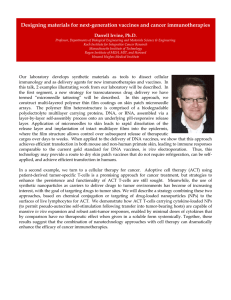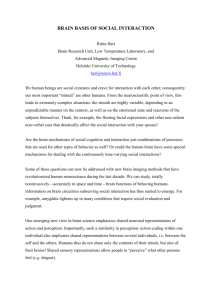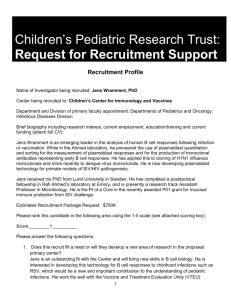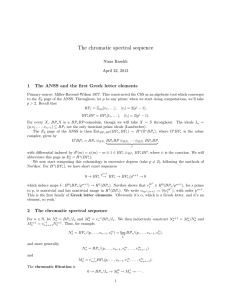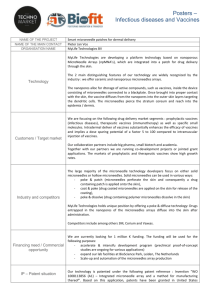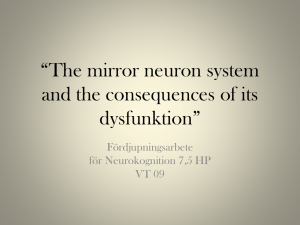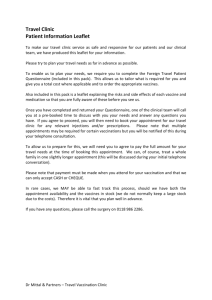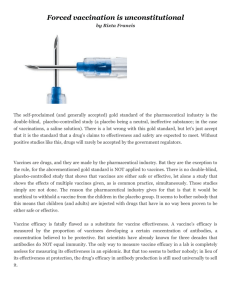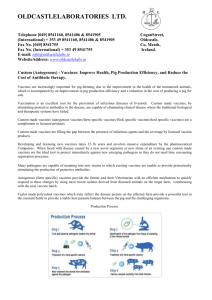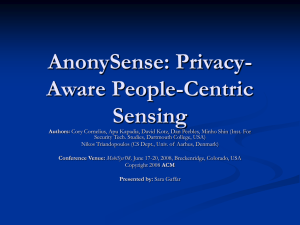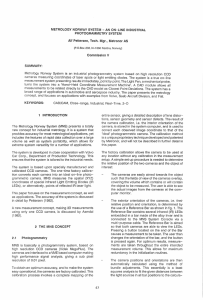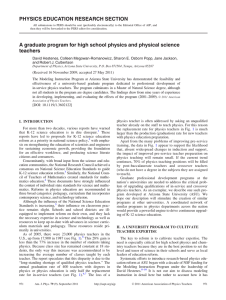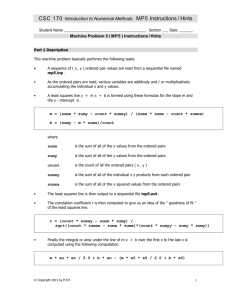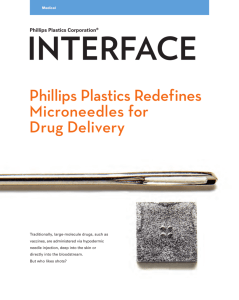Dissolving microneedle arrays for transdermal delivery of molecular
advertisement
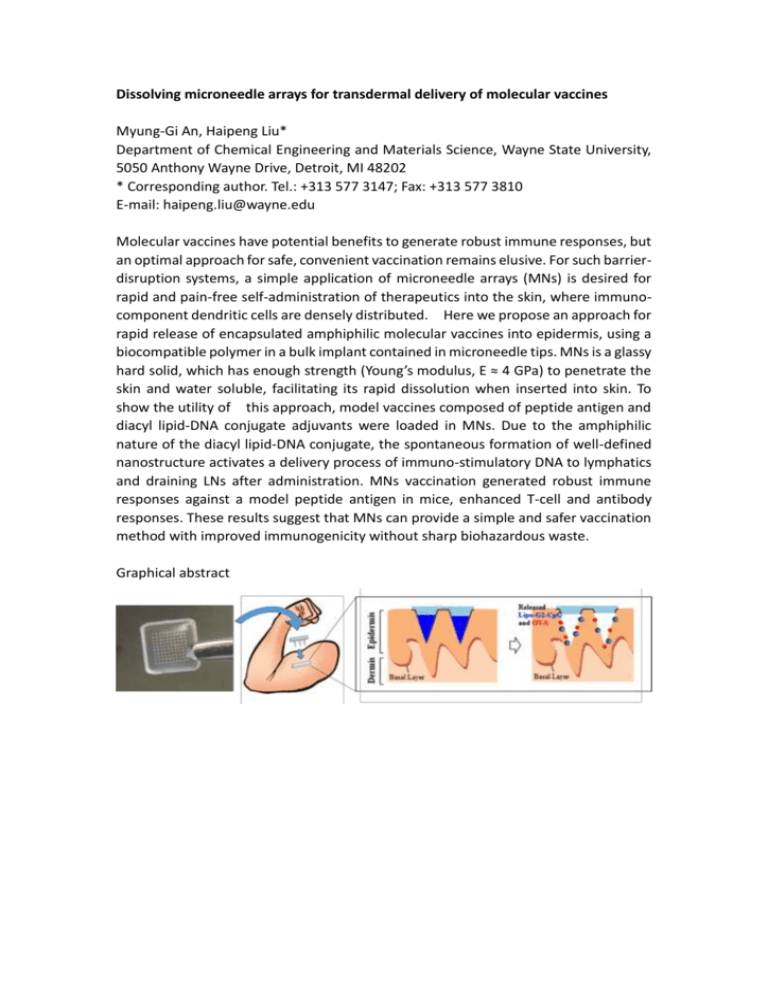
Dissolving microneedle arrays for transdermal delivery of molecular vaccines Myung-Gi An, Haipeng Liu* Department of Chemical Engineering and Materials Science, Wayne State University, 5050 Anthony Wayne Drive, Detroit, MI 48202 * Corresponding author. Tel.: +313 577 3147; Fax: +313 577 3810 E-mail: haipeng.liu@wayne.edu Molecular vaccines have potential benefits to generate robust immune responses, but an optimal approach for safe, convenient vaccination remains elusive. For such barrierdisruption systems, a simple application of microneedle arrays (MNs) is desired for rapid and pain-free self-administration of therapeutics into the skin, where immunocomponent dendritic cells are densely distributed. Here we propose an approach for rapid release of encapsulated amphiphilic molecular vaccines into epidermis, using a biocompatible polymer in a bulk implant contained in microneedle tips. MNs is a glassy hard solid, which has enough strength (Young’s modulus, E ≈ 4 GPa) to penetrate the skin and water soluble, facilitating its rapid dissolution when inserted into skin. To show the utility of this approach, model vaccines composed of peptide antigen and diacyl lipid-DNA conjugate adjuvants were loaded in MNs. Due to the amphiphilic nature of the diacyl lipid-DNA conjugate, the spontaneous formation of well-defined nanostructure activates a delivery process of immuno-stimulatory DNA to lymphatics and draining LNs after administration. MNs vaccination generated robust immune responses against a model peptide antigen in mice, enhanced T-cell and antibody responses. These results suggest that MNs can provide a simple and safer vaccination method with improved immunogenicity without sharp biohazardous waste. Graphical abstract
